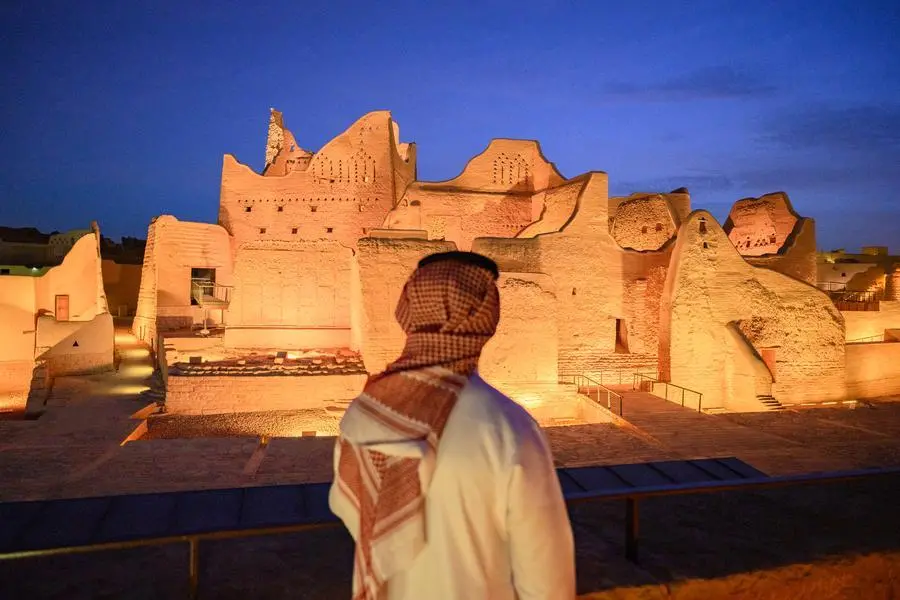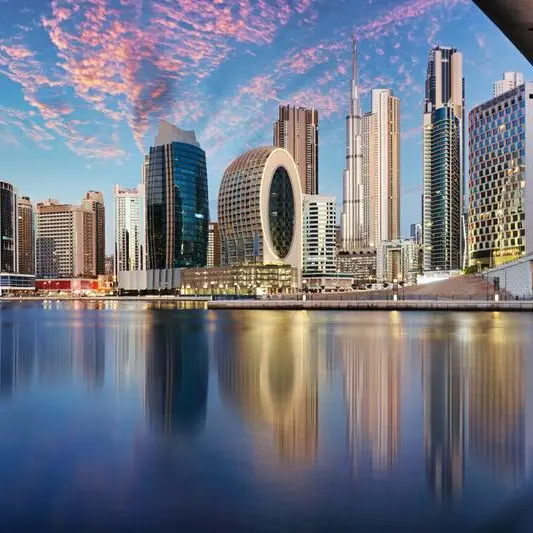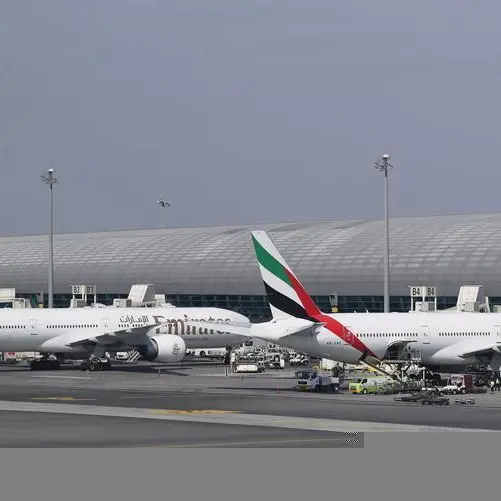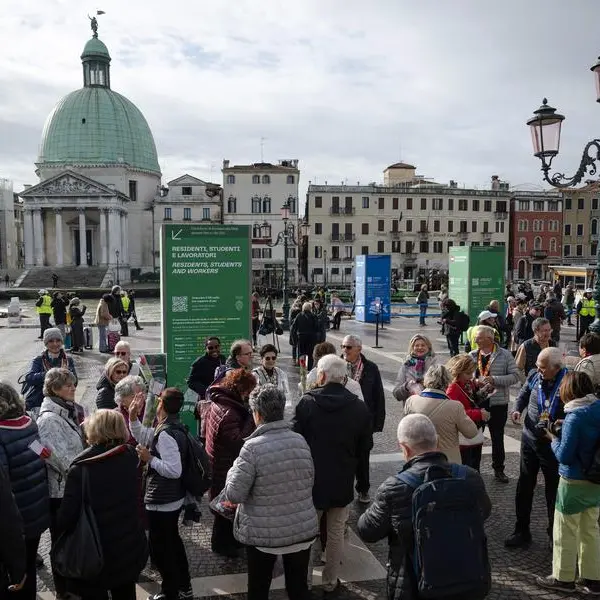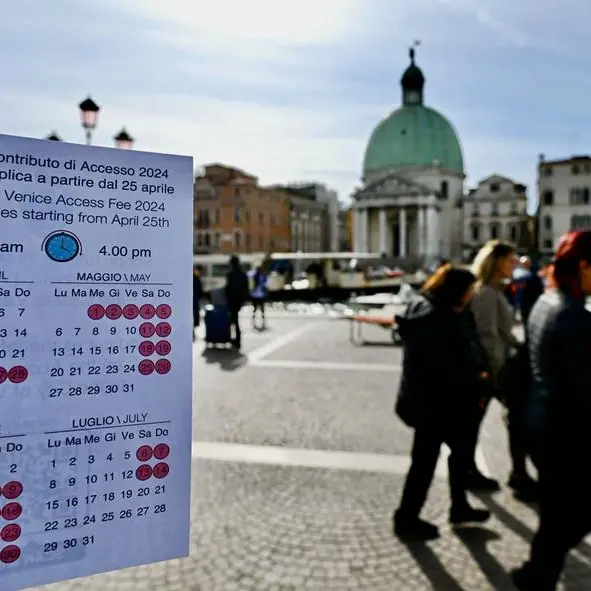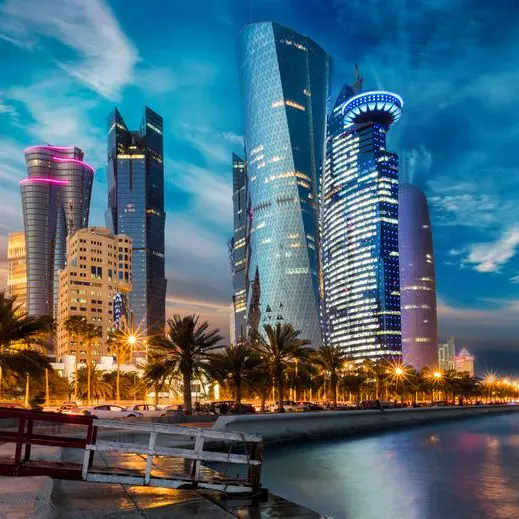PHOTO
RIYADH — The Saudi Geological Survey (SGS) has approved Abu Al-Waul Cave, the longest cave in the Kingdom, as a new geological tourist destination, in the volcanic Khaybar Mountains, located northeast of Madinah. It will be nominated to be a tourist attraction after the completion of technical studies.
SGS spokesman Tariq Aba Al-Khail said that a specialized geological team from the authority documented the longest basalt cave in the Kingdom, extending about five kilometers in length. “The cave will be nominated to be a tourist attraction after the completion of technical studies in this regard. The name Abu Al-Waul was given in view of the presence of a large number of skeletons of Ibex in the cave,” he said.
According to Aba Al-Khail, this cave is considered as a tourist wealth that feeds the geopark projects that SGS’s Geological Tourism Department is working on. In addition, it will contribute to opening a wide field for researchers and academics in this field.
The Khaybar Free Zone is considered as the largest free zone in the Kingdom, with an area estimated at about 21500 square kilometers. The free zones in the Kingdom occupy about 89700 kilometers, or about 4.6 percent of the Kingdom’s geographical area. It is the largest Arab country in the number of free zones, with 23 main large free zones and different numbers of small free zones.
Harrat Khaybar contains three rare volcanoes: Jabal al-Baydaa, Jabal al-Abyad, and Jabal Al-Mansaf, which are rare and unique volcanic rocks on the level of the Arabian Peninsula. They consist of light gray acidic volcanic rocks, and contain volcanic glass. They exploded thousands of years ago and formed their light and whitish color. It has become a destination for explorers, researchers, enthusiasts and tourists from all over the world.
Harrat Khaybar includes many caves that contain various historical secrets, which have been identified to be among the tourist targets and attractions for those wishing to visit the caves and enjoy the beauty of these sites, including Umm Hashiwi Cave, Makir Al-Shayahin or Makir Al-Suqur, Umm Jarsan Cave, and Umm Goraimeel Cave.
Jabal Al-Qadr, which is located in Harrat Khaybar in the Madinah region, with a height of about 400 meters, is considered as one of the largest volcanic fields and the last of the volcanoes that erupted about 1,000 years ago, forming a unique aesthetic form that made it among the most beautiful global geological monuments, according to the classification of International Union of Geological Sciences (IUGS) and the United Nations Educational, Scientific and Cultural Organization (UNESCO).
The Saudi Vision 2030 is based on exploiting caves for tourism purposes in a way benefitting the national economy, raising the level of societal awareness of the existence of such wealth in the Kingdom and helping explore new areas and opportunities that will make desert eco-tourism in the Kingdom flourish on a large scale. Work is underway to unearth more such sites.
© Copyright 2022 The Saudi Gazette. All Rights Reserved. Provided by SyndiGate Media Inc. (Syndigate.info).
